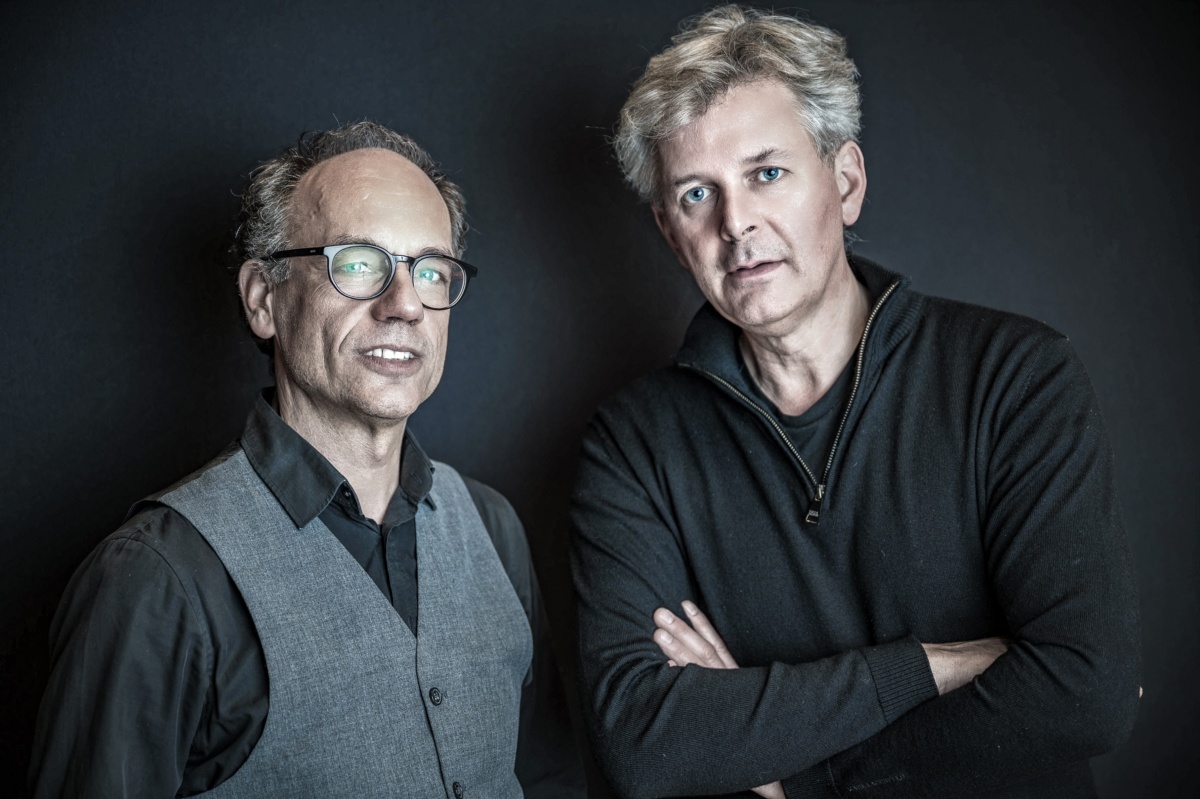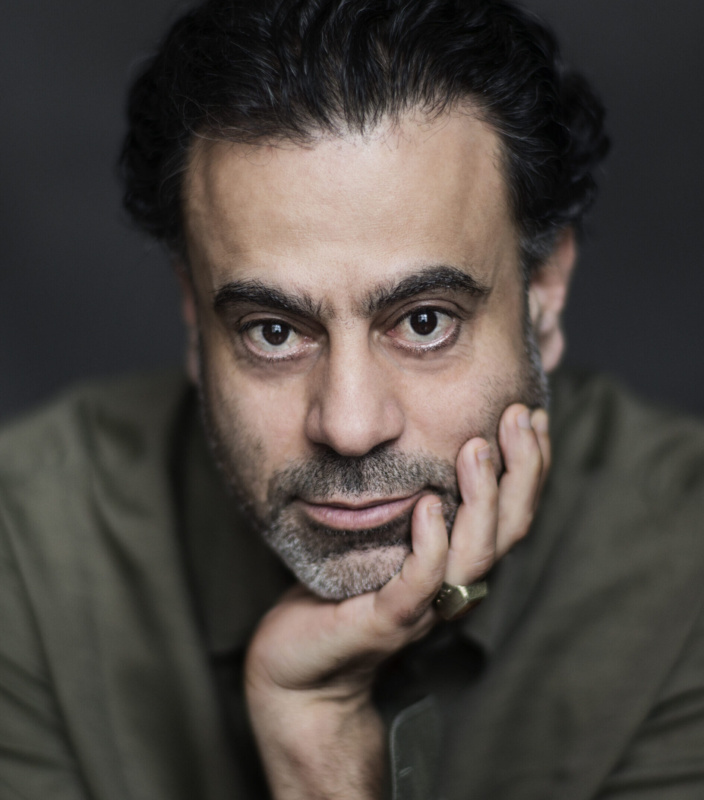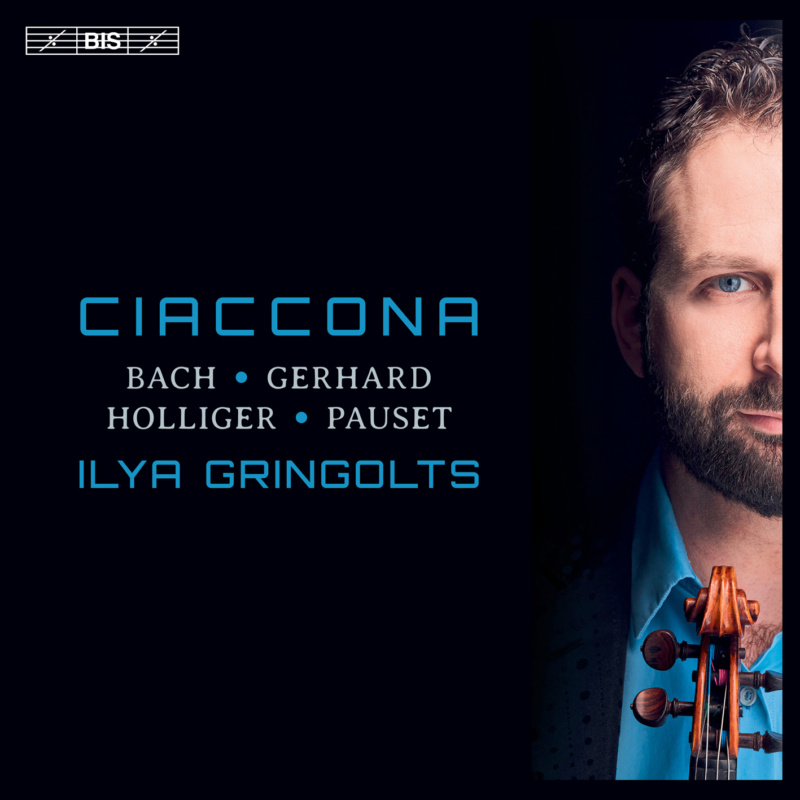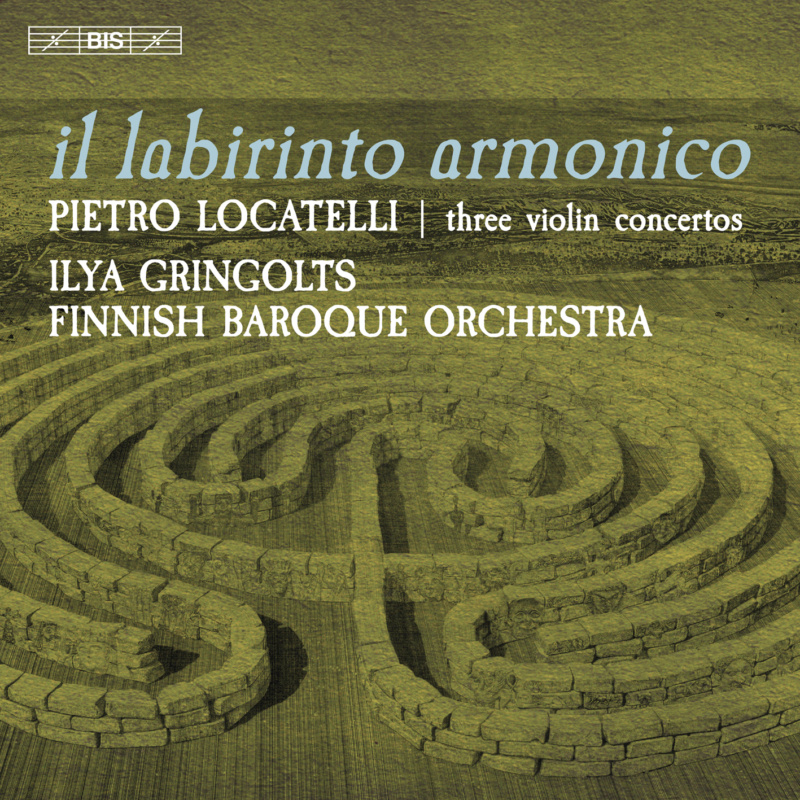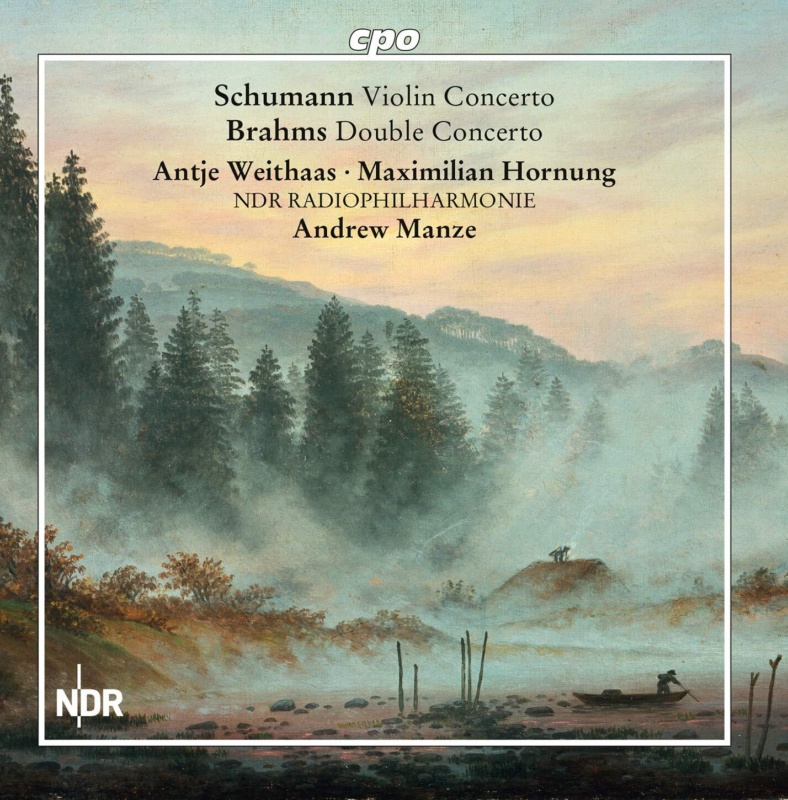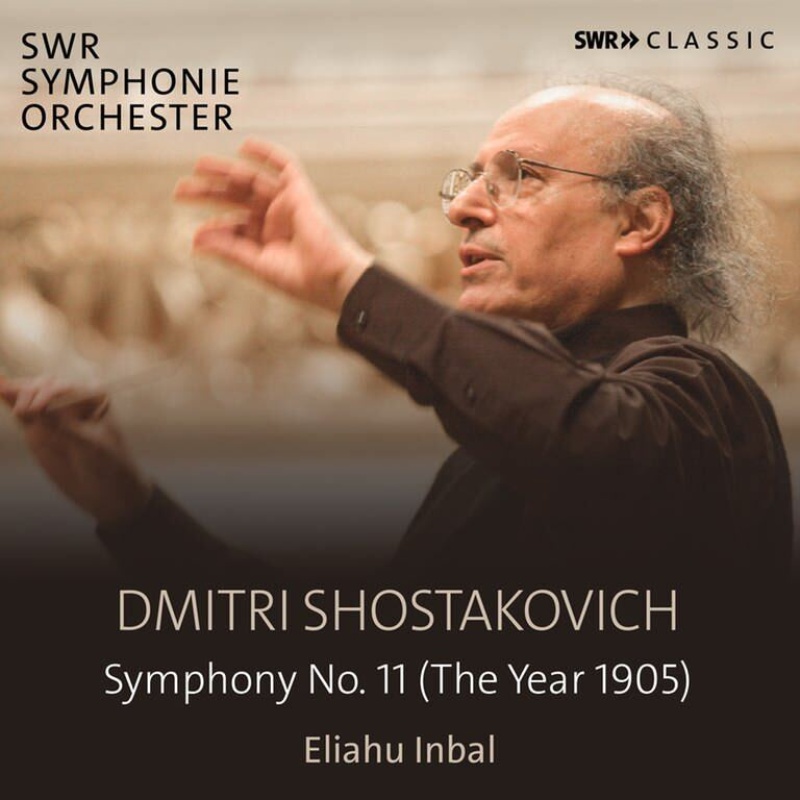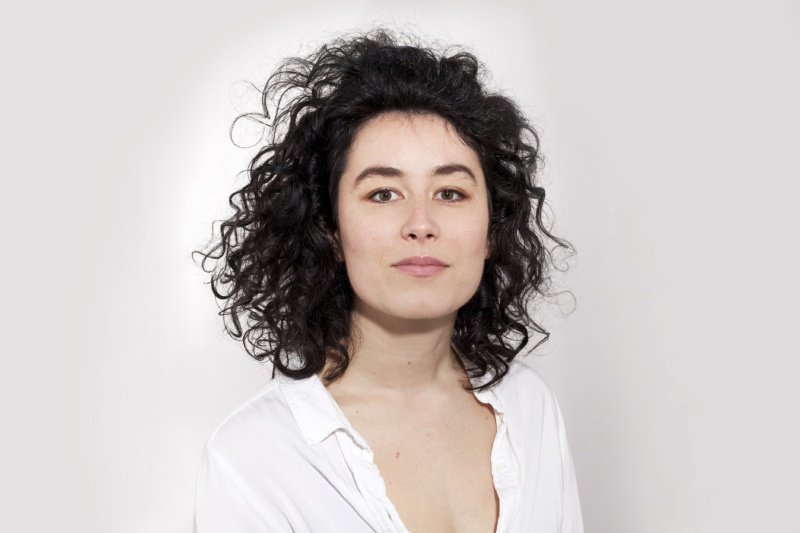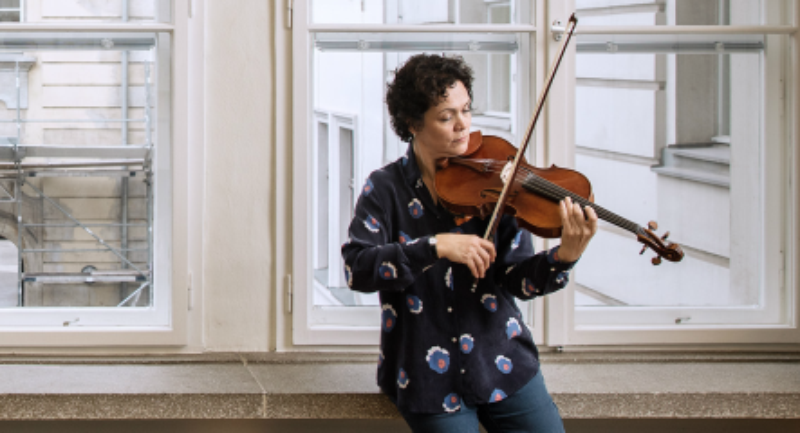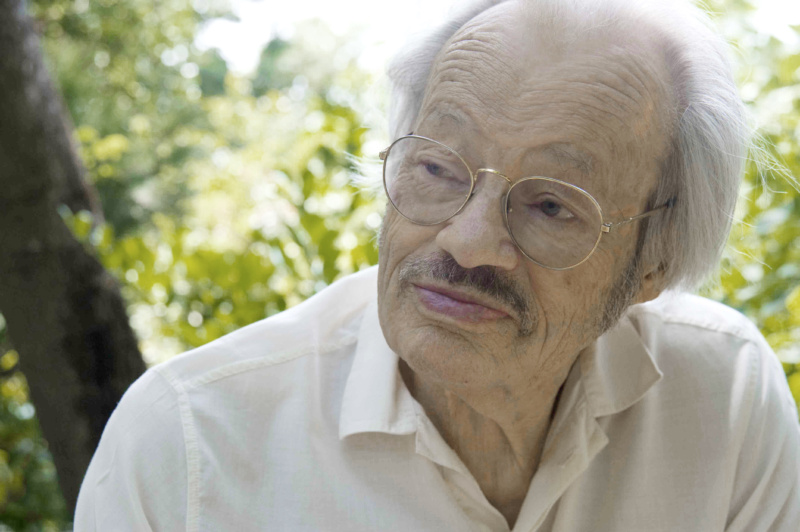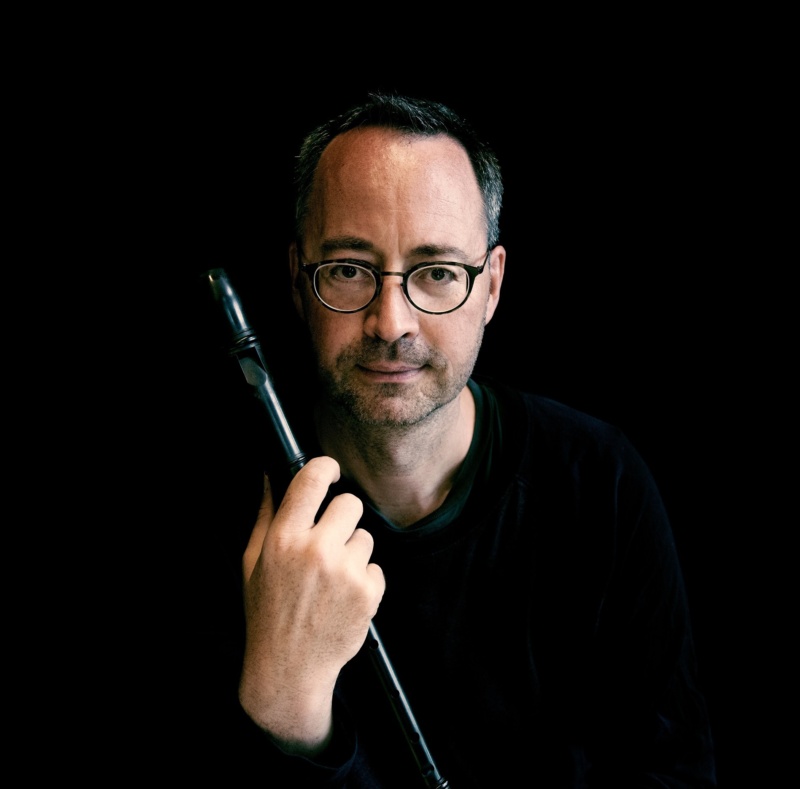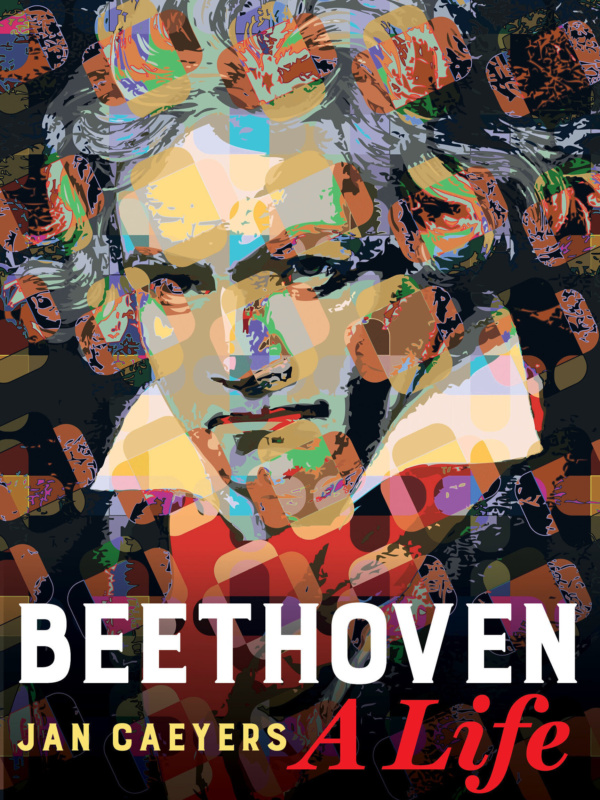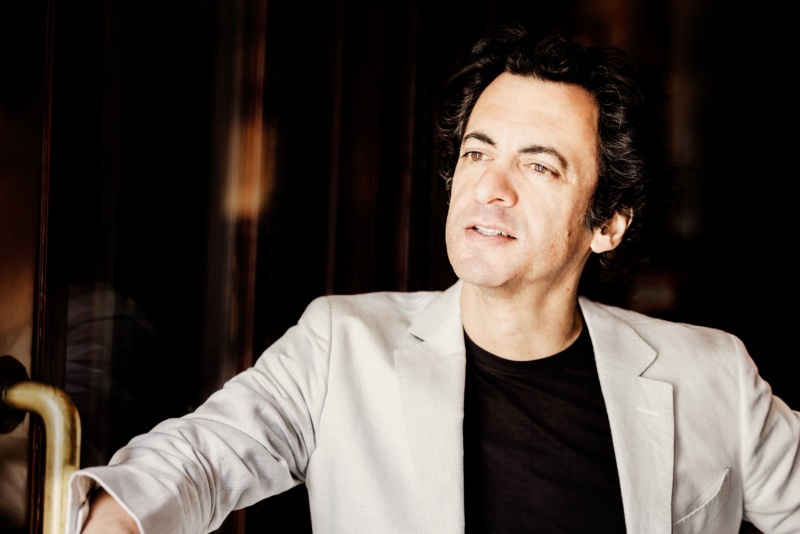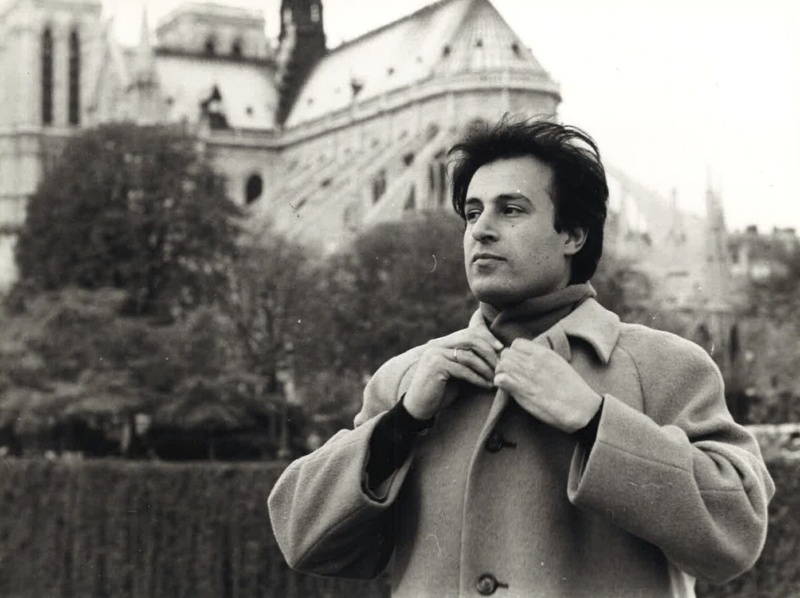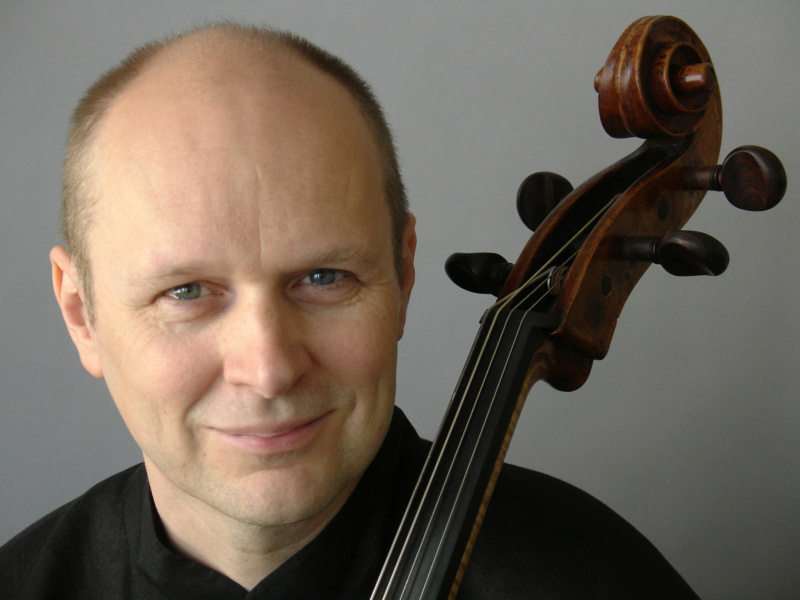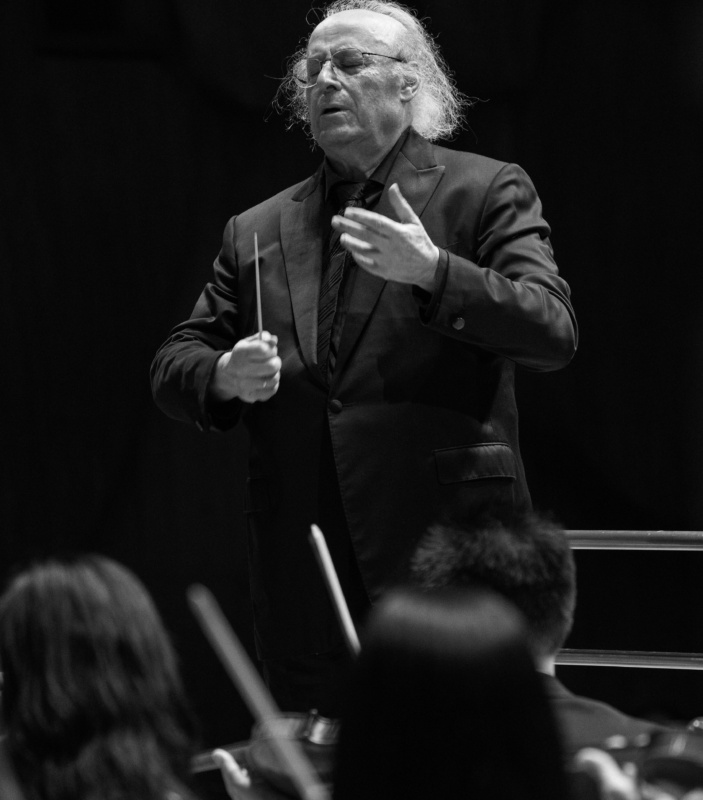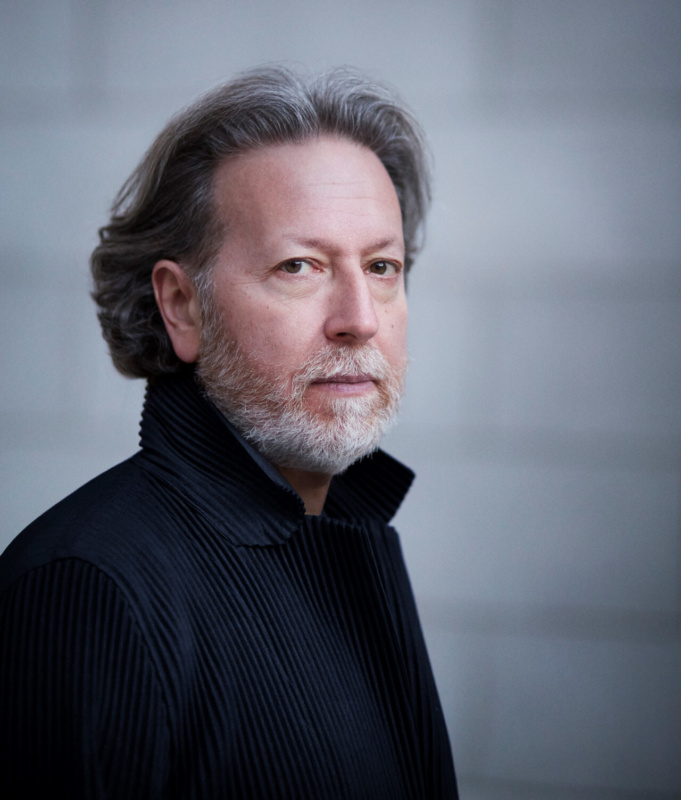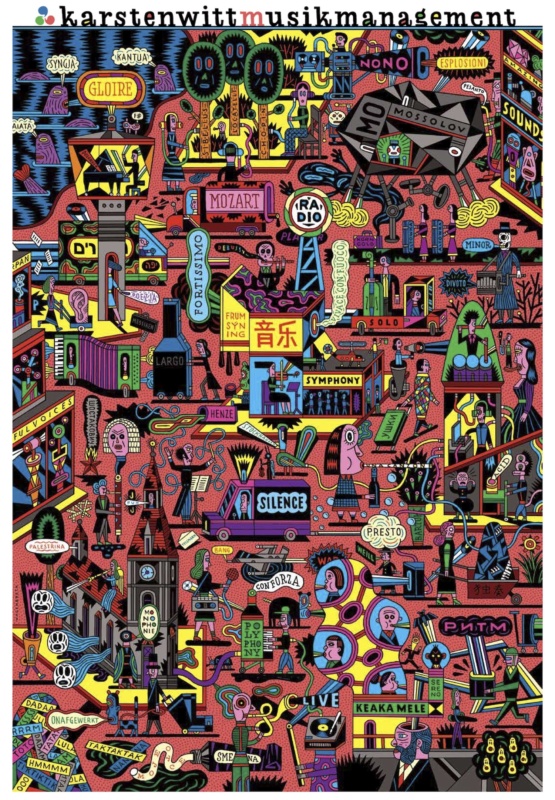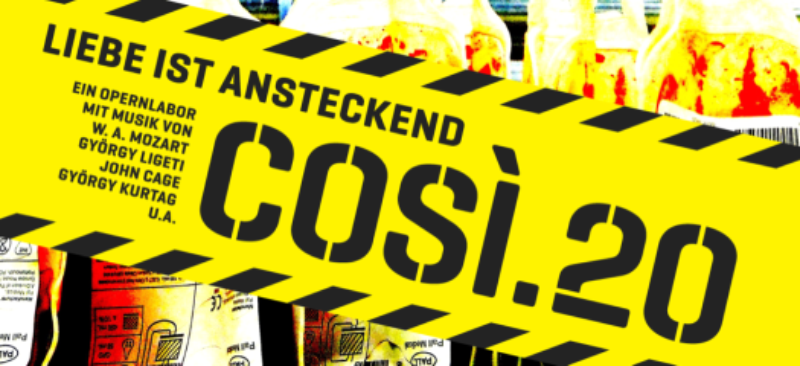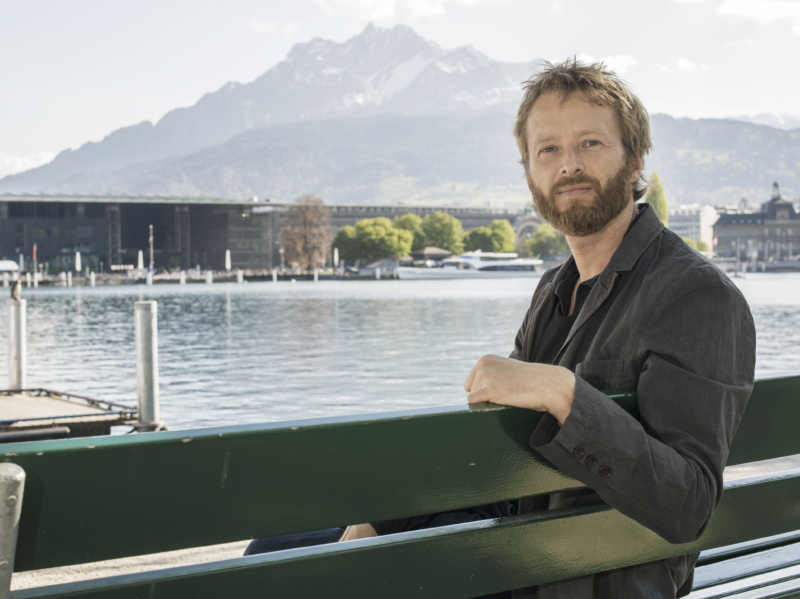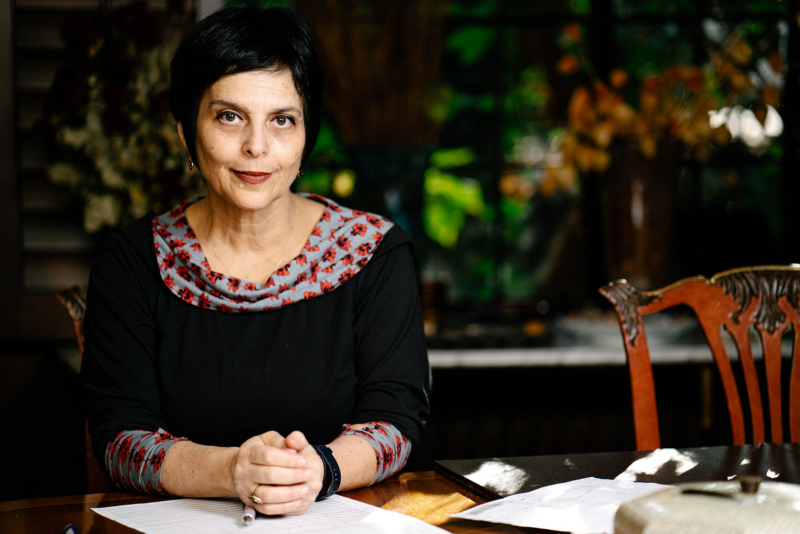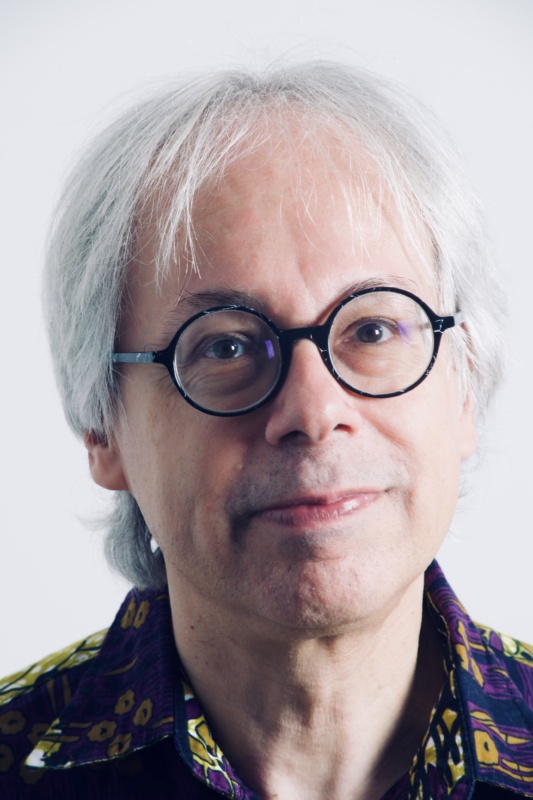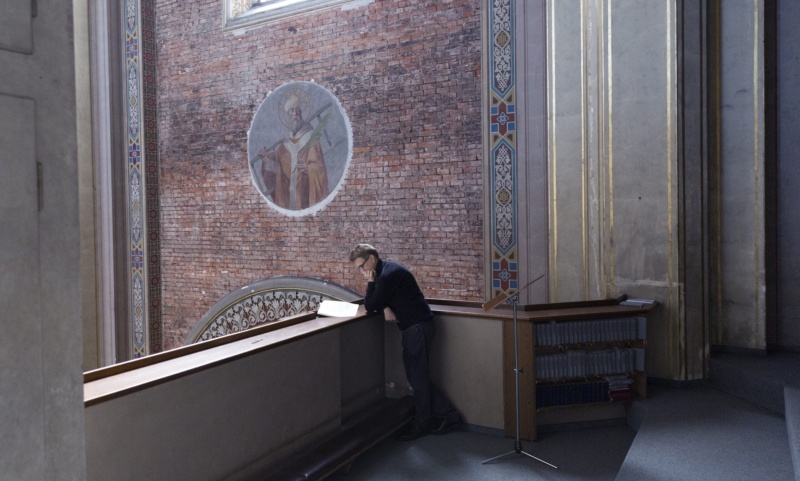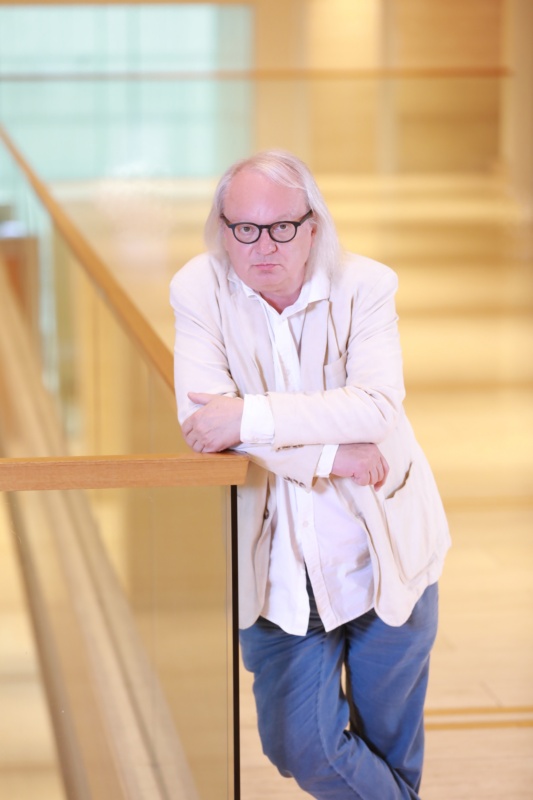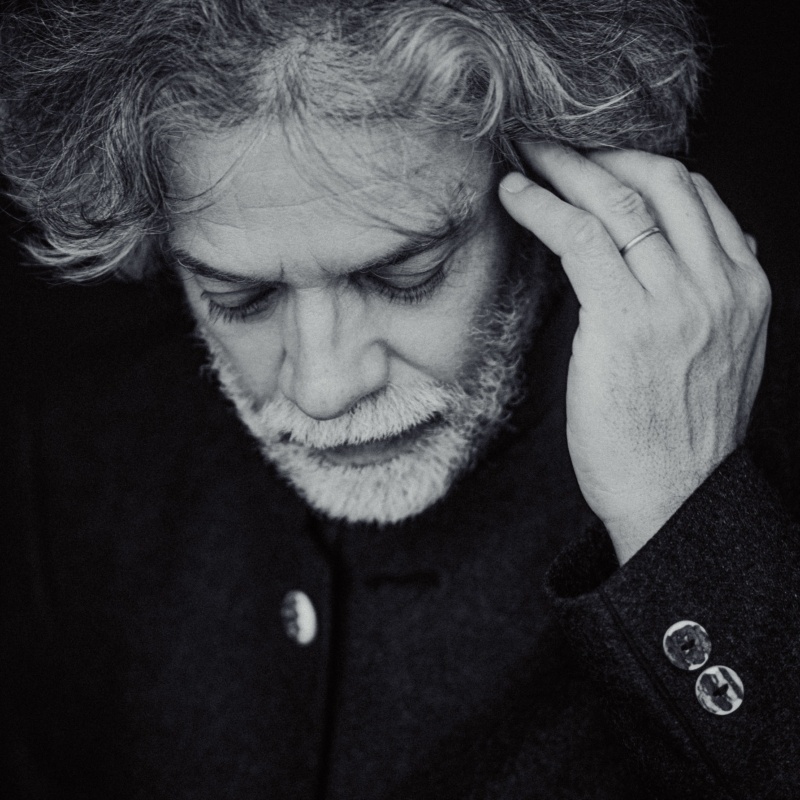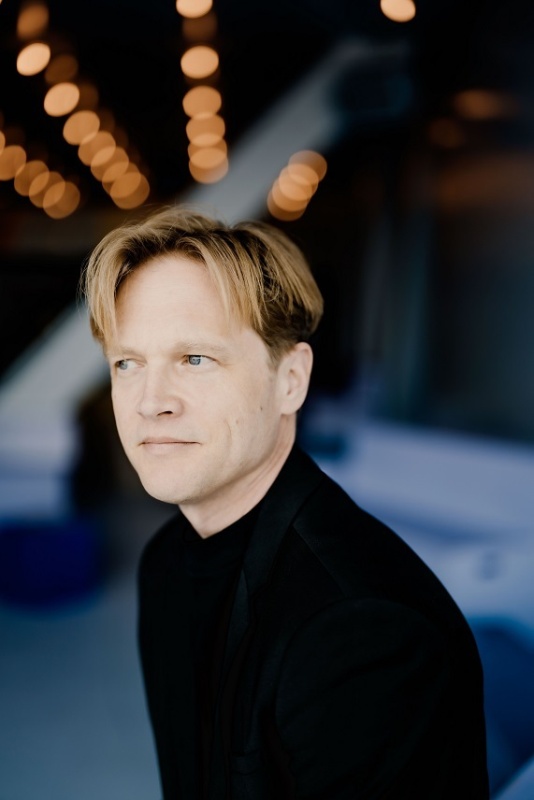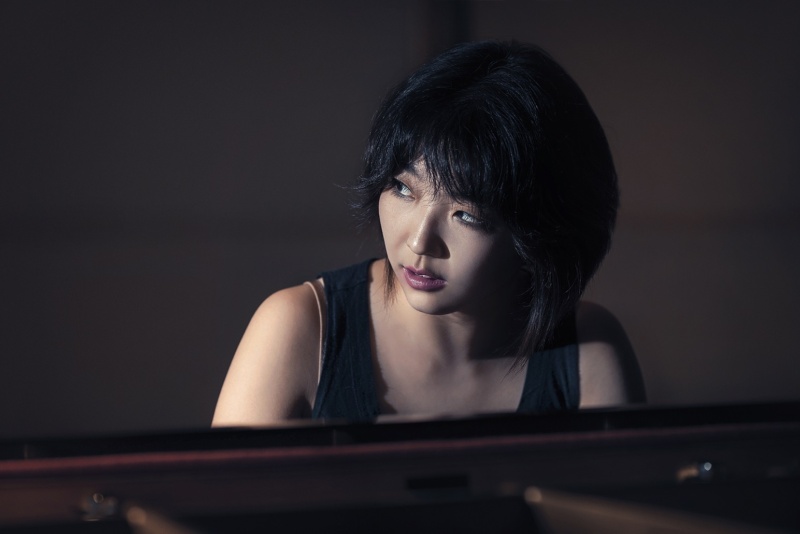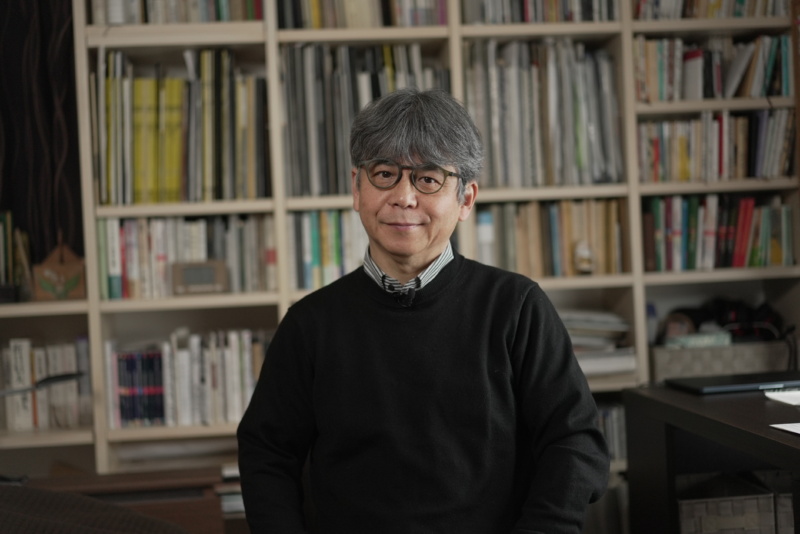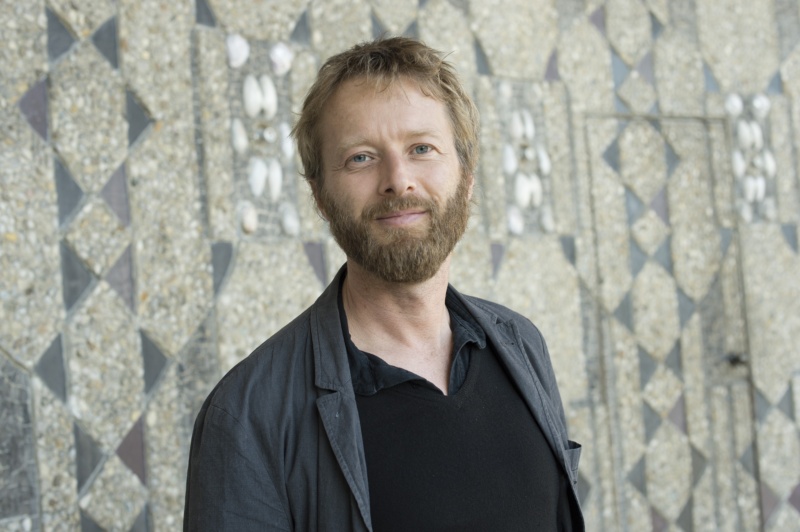The GrauSchumacher Piano Duo
is currently documenting one part of their varied repertoire with the
Deutsches Symphonie-Orchester in a series of three CDs recorded with the
contemporary music label NEOS Music. Wulf Weinmann, head of NEOS Music,
talks to the GrauSchumacher Piano Duo and Stefan Heucke about their
collaboration on the duo’s Concerti II CD, which was released in January
2014.
Wulf Weinmann: Stefan Heucke’s arrangement of Liszt’s Concerto pathétique for two pianos and orchestra is something really unique. How did the idea for this version come into being?
Andreas Grau:
First of all, we wanted to close a gap in the repertoire. There isn’t
really a large romantic concerto for us piano duos. Neither Schumann,
Chopin, Liszt, Tchaikovsky nor Brahms have written for this combination.
The two concertos by Mendelssohn are early works written by a 13 or 14
year-old child prodigy and are, for all their qualities, not comparable
with his solo piano concerto or violin concerto. Bruch’s double concerto
is not on the same level as his violin concerto. Things really only
pick up again in the 20th century with Poulenc and Bartók. Secondly, we
really value Stefan Heucke not only as a composer who has written many
original works for us, which we frequently perform in our concerts, but
also as a superb arranger for varied combinations of instruments of
composers such as Schubert, Brahms, Mahler and Janacek. This arrangement
of Liszt was therefore very important for us.
Götz Schumacher:
A recreation of this kind is legitimised not least through the huge
number of versions of the work produced by Liszt and his pupils. The
starting point for the work is the “great concerto solo” from 1851 in
which Liszt experiments with a one-movement form, which is actually made
up of four movements – similar to the famous sonata in B minor. He
later rearranged the “concerto solo” for two pianos and published it
under the title Concerto pathétique with Breitkopf in Leipzig. Later
versions include further arrangements for two pianos as well as for solo
piano with orchestra by various pupils of Liszt e.g. Hans von Bülow,
Eduard Reuss (corrected by Liszt), Richard Burmeister and Gábor Darvas.
Wulf Weinmann:
Stefan Heucke, you have dedicated this transcription of Liszt’s for two
pianos and orchestra to the GrauSchumacher Piano Duo with whom you have
worked closely for many years. Is this transcription a revised version
in the spirit of Liszt?
Stefan Heucke: That’s
what it is. A revised version with the sound that is now possible from a
modern orchestra. There are a few examples of some unusual sound
combinations: piano and harp, piano and string tremolo and glissandi
from the piano and timpani. There is also a monumental orchestral
climax, which culminates in an extremely loud tam-tam beat.
Wulf Weinmann: But Liszt’s original piano part remains untouched?
Stefan Heucke:
Yes, but I have composed a completely new orchestral part on top of
this. Liszt could definitely have chosen the notes but he almost
certainly would not have chosen this instrumentation. The orchestral
resources are, at least partly, those of postmodernism. The process can
be compared with Ravel’s instrumentation of Mussorgsky’s . It’s as if
Liszt, Wagner, Strauss and Shostakovich all decided to compose a
concerto together for two pianos and orchestra and Stefan Heucke
contributed the cadenza. I added this approximately five minute-long
cadenza for both soloists alone in my very own style at just the point
where Hans von Bülow also added a cadenza in his arrangement.
A new Liszt
The GrauSchumacher Piano Duo and composer Stefan Heucke talk about the arrangement of Liszt’s Concerto pathétique for two pianos and orchestra.
